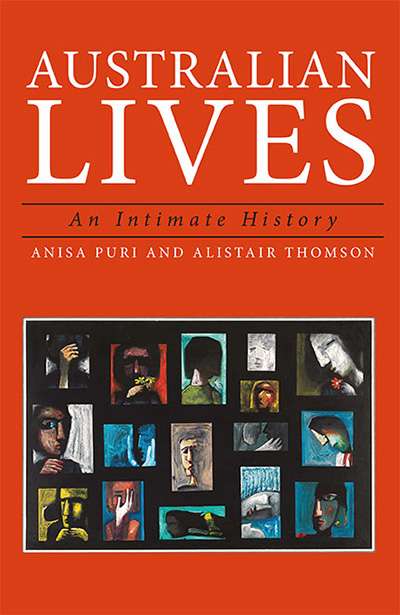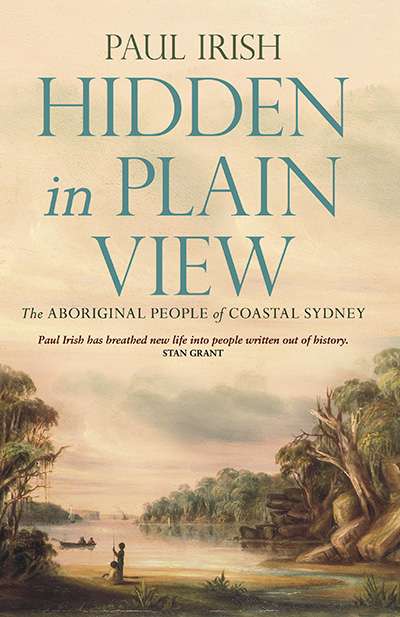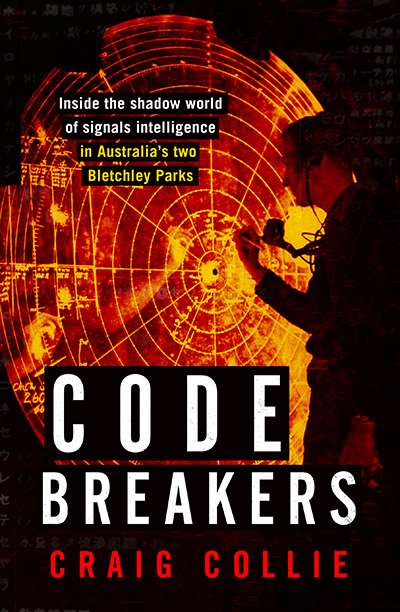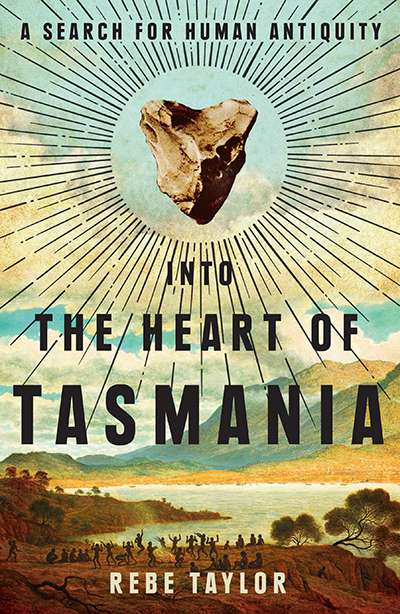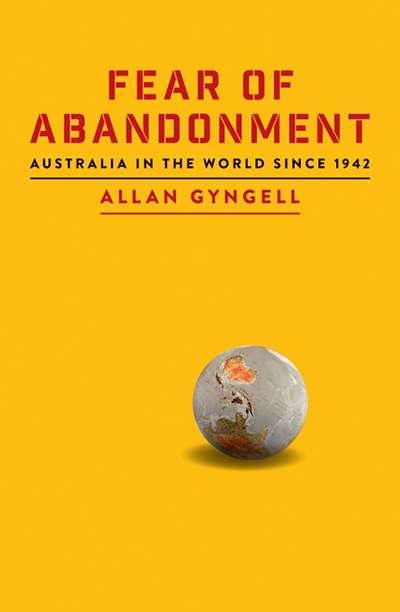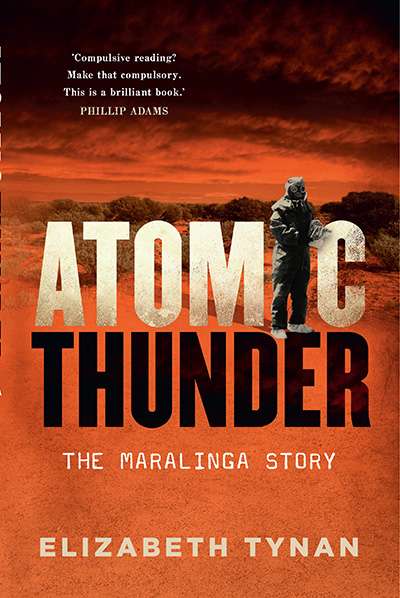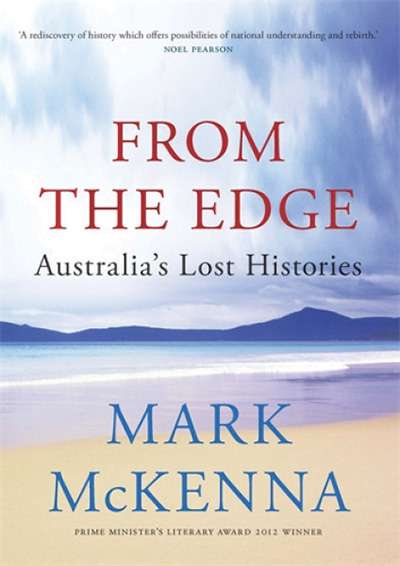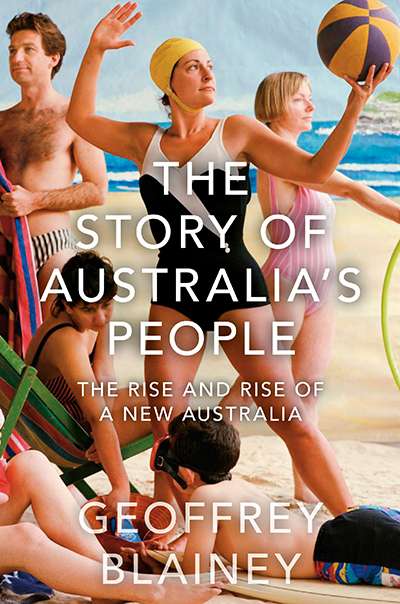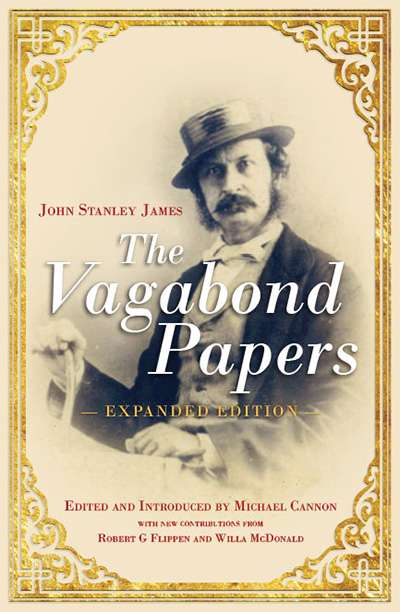Australian History
Australian Lives: An intimate history by Anisa Puri and Alistair Thomson
Meet Ruth Apps, born 1926 and gleefully proud of her Irish convict ancestry. Her father lost the use of an arm in Gallipoli and was also mentally affected. During World War II he slept in the yard to avoid bombs. Ruth won a scholarship to a selective girls’ high school in Sydney when few girls were educated beyond primary school ...
... (read more)Hidden in Plain View: The Aboriginal people of coastal Sydney by Paul Irish
Nothing has done more to add to the ingenuity of Australian history writing than the study of Indigenous experience. This book, which concentrates on people living in Sydney and its immediate hinterlands from 1788 to the 1930s, is a case in point ...
... (read more)Code Breakers: Inside the shadow world of signals intelligence in Australia’s two Bletchley Parks by Craig Collie
In architectural terms, if no other, the Australian counterpart to the famous World War II code breaking centre at Bletchley Park initially could not have been more different. While Alan Turing and his celebrated colleagues cracked the German Enigma code at a secluded mansion in the English countryside, Australia’s code breakers began working out of a nondescript ...
Into the heart of Tasmania: A search for human antiquity by Rebe Taylor
The historian Rebe Taylor has a fascination with Australia’s southern islands and their capacity to contain or magnify issues of identity for their indigenous inhabitants, if not for their broader populations ...
... (read more)Fear of Abandonment: Australia in the world since 1942 by Allan Gyngell
n 2004 the Indonesian foreign minister, Nur Hassan Wirajuda, learned that Australia had established a 1000-mile maritime exclusion zone as part of its asylum-seeker policy ...
... (read more)Maralinga is a name familiar to most Australians as the site of British nuclear testing in the 1950s. Less familiar are the earlier tests at the Monte Bello Islands off Western Australia and Emu Field in South Australia. All have left a toxic legacy in our history.
Elizabeth Tynan’s finely researched book on the history of Maralinga and its precursors brin ...
From the Edge: Australia’s lost histories by Mark McKenna
There is a well-meaning musician who performs intermittently in Central Australia. When he plays his hit song, he tries to augment the lyrics by chanting the ...
... (read more)Brian Matthews reviews 'The Story of Australia’s People: The rise and rise of a New Australia' by Geoffrey Blainey
The seminar, as far as I can remember, took place in what was then the Melbourne Teachers’ College on Grattan Street. The late-afternoon sunlight slanting through ornate ...
... (read more)In March 2016 the Royal Historical Society of Victoria hosted a function to mark the fiftieth anniversary of the publication of Michael Cannon's The Land Boomers, first issued ...
... (read more)'How do we live with ourselves? The Australian national conscience' by Alan Atkinson
When Australian federation was being planned and its implications first worked through, various men and women with agendas of their own set themselves ...
... (read more)

